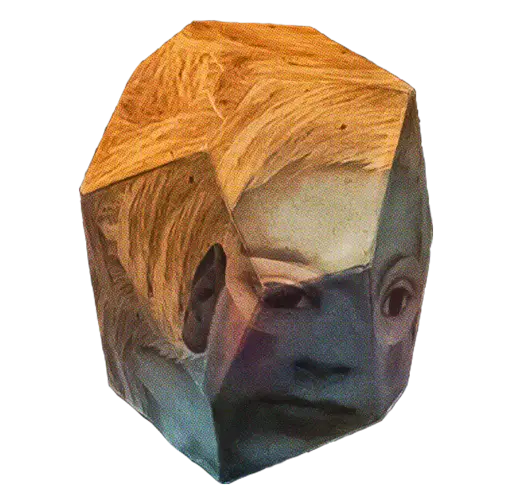A continuous search for the identity of the puppet
The story of Bambalina began with the curiosity to explore different techniques and materials for the creation and manipulation of puppets, but it was the Japanese bunraku technique that has become one of the most recognizable features of their theater.
On stage, the scenic coexistence of the performer and the puppet complicates their identities and provokes an essentially theatrical conflict. In all of this, there is an intention to recover the ceremonial and even sacred potential, but also to achieve a hyperrealistic manipulation of the puppet, making it as expressive as a real actor.
Another sign of the company’s identity is the revisiting of the artistic avant-gardes of the 20th century, Manuel de Falla, García Lorca, Alfred Jarry, or musicians like Stravinsky or Erik Satie. From this tradition come the ideas that any object can become a puppet or that the puppet itself is an ideal vehicle for abstraction. In this exploration, Bambalina has connected with disciplines such as music and dance, transforming everyday objects into lively and surprising universes, liberated from mere representation.

This incessant search process has also transcended into children’s shows, offering innovative interpretations of classic references such as Saint Exupéry, Michael Ende, Oscar Wilde, or Lewis Carroll. With their mastery, Bambalina not only seeks to legitimize the puppet in the performing arts but also to blur the conventions that segregate the audience according to their age, presenting works that masterfully intertwine all audiences.
In their eagerness to regenerate and dignify this artistic modality, they created the Mostra de Titelles a la Vall d’Albaida (1985) and the International Puppet Museum of Albaida (1997), two initiatives that have meant a cultural revival for the region and have become an international reference point.


